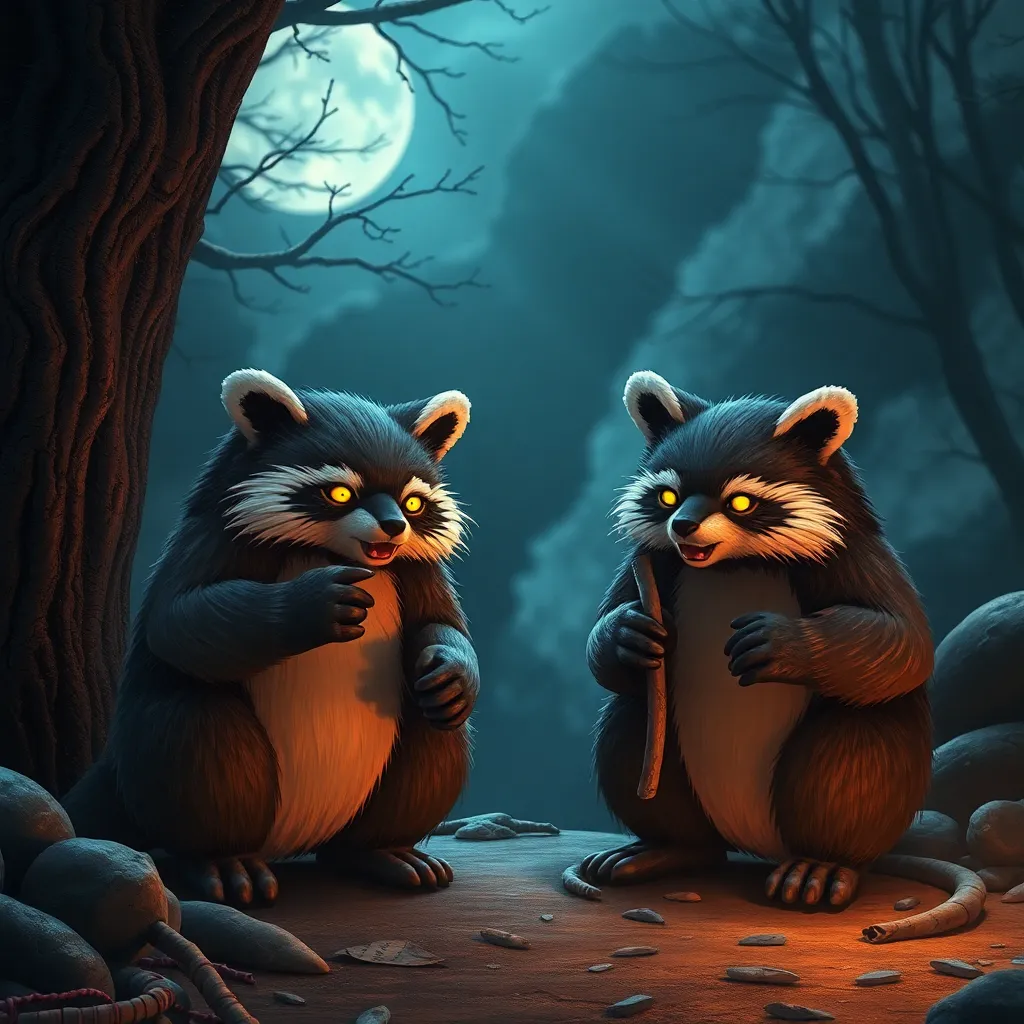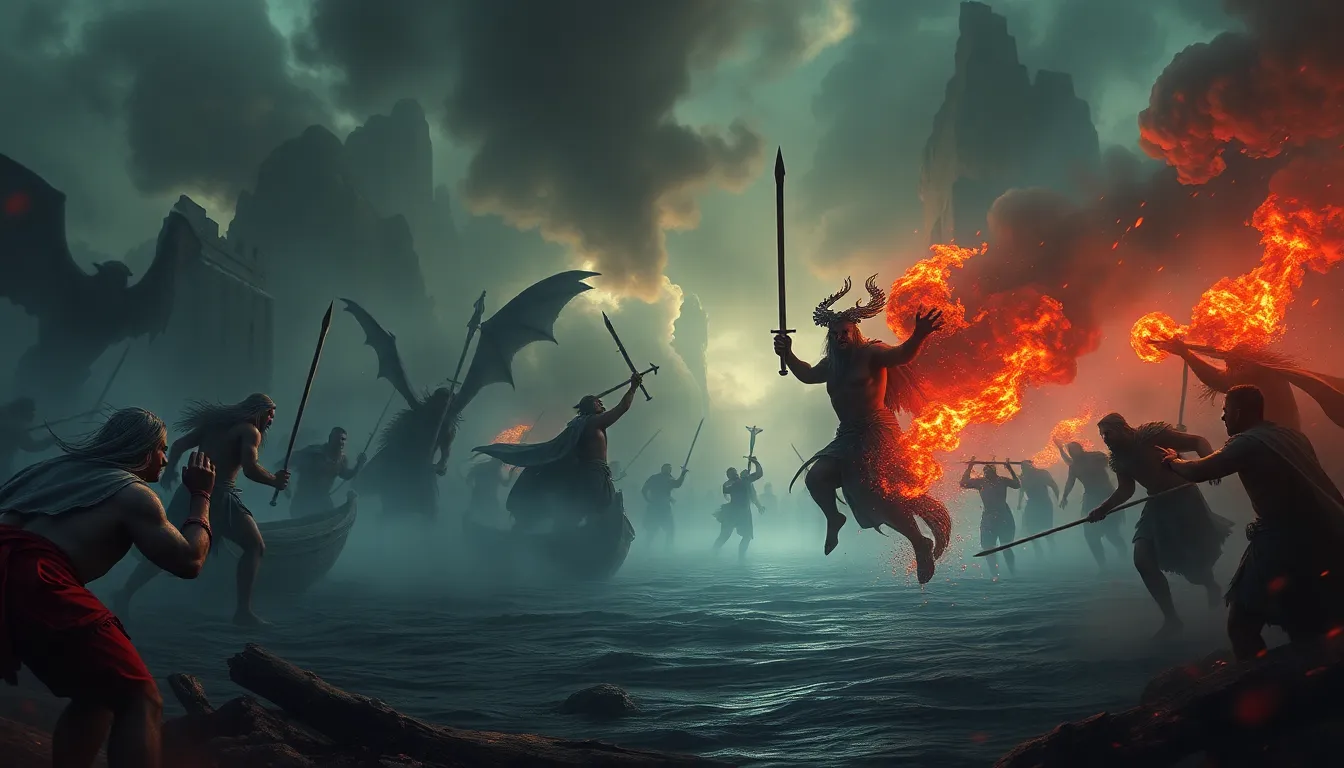Meet the Ancient Deities: Guardians of Nature and Humanity
1. Introduction to Ancient Deities
In ancient cultures, deities were not merely figures of worship but central to the understanding of the universe and humanity’s place within it. These divine beings were revered as guardians of nature and humanity, embodying the forces of life and death, creation and destruction.
Deities held significant roles in shaping the beliefs, values, and practices of civilizations. They provided explanations for natural phenomena, guided moral conduct, and were integral to agricultural cycles, reflecting the deep connection between humanity and the natural world.
2. The Connection Between Deities and Nature
Ancient civilizations viewed the natural world as a living entity, infused with spiritual significance. Each aspect of nature was often personified by a deity, illustrating a profound respect and reverence for the environment.
Deities played crucial roles in:
- Agricultural fertility and harvests
- Weather patterns and seasonal changes
- Natural phenomena such as earthquakes, floods, and storms
For example, rain was often attributed to the tears of a goddess, while the fertility of the land was linked to the blessings of a harvest deity.
3. Prominent Nature Deities Across Cultures
Throughout history, various cultures have worshipped deities that represent the forces of nature. Here are a few notable examples:
- Demeter (Greek): The goddess of the harvest, she was revered for her role in ensuring the fertility of the earth and the cycle of life and death through agriculture.
- Osiris (Egyptian): Associated with the Nile and resurrection, Osiris symbolized the fertility of the land and the cyclical nature of life.
- Pachamama (Incan): A goddess of earth and fertility, Pachamama is still honored in many Andean cultures as a protector of agriculture and natural resources.
4. Deities as Protectors of Humanity
Ancient deities were also seen as protectors of human society, safeguarding individuals and communities from misfortune and chaos. They were believed to influence various aspects of human life, including:
- Health and healing
- Prosperity and abundance
- Justice and moral order
For instance, the Greek goddess Asclepius was worshipped as a deity of medicine, while Ma’at represented truth, balance, and justice in Egyptian mythology.
5. The Duality of Nature: Creation and Destruction
Many deities embody the duality of nature, showcasing both nurturing and destructive aspects. This duality reflects the complex relationship humans have with the environment.
Consider the following case studies:
- Kali (Hindu): Known as the goddess of destruction, Kali also represents the transformative power of time, symbolizing renewal and liberation.
- Tiamat (Babylonian): A goddess of chaos and the ocean, Tiamat represents both creation (as the mother of dragons) and destruction (as a force of chaos).
- Thor (Norse): The god of thunder, Thor protects humanity from giants and chaos, yet his storms can also bring destruction.
6. Myths and Legends: Stories of Divine Intervention
Myths and legends surrounding deities often illustrate their relationship with humanity. These stories serve as cultural narratives reflecting the values and beliefs of ancient peoples.
For example:
- The tale of Demeter and Persephone explains the seasons and the cycle of life and death.
- The story of Osiris’s resurrection emphasizes themes of renewal and the afterlife in Egyptian culture.
- The Norse myths of Ragnarok depict the end and rebirth of the world, showcasing the cyclical nature of existence.
7. Rituals and Worship: Honoring the Guardians
Rituals dedicated to nature deities were an essential part of ancient life. These practices varied widely but often included:
- Festivals celebrating seasonal changes
- Offerings and sacrifices to appease the deities
- Pilgrimages to sacred sites
Such rituals fostered a sense of community and connection to the divine, reinforcing the belief in the deities’ influence over daily life.
8. The Evolution of Deity Worship in Modern Times
In contemporary culture, the perception of ancient deities has evolved. Many people rediscover these figures through:
- Spiritual practices that incorporate ancient wisdom
- Environmental movements that echo the reverence for nature
- Art, literature, and media that celebrate mythological themes
This resurgence reflects a growing awareness of humanity’s relationship with the environment and a desire to honor the guardians of nature.
9. The Legacy of Ancient Deities in Environmental Movements
Ancient beliefs continue to influence modern ecological practices. Many organizations draw inspiration from these deities to promote environmental stewardship. Examples include:
- Organizations advocating for sustainable agriculture often reference Demeter’s nurturing role.
- Movements focused on conservation may invoke the spirit of Pachamama to emphasize the importance of protecting the earth.
- Environmental education programs that incorporate indigenous myths highlight the sacredness of nature.
10. Conclusion: The Enduring Influence of Ancient Deities
The ancient deities that once governed the understanding of nature and humanity continue to resonate in today’s world. Their stories and attributes provide valuable insights into the importance of respecting and protecting the environment.
As we reflect on these guardians of nature, it becomes clear that they encourage a deeper appreciation for the planet and the interconnectedness of all life. By honoring these ancient traditions, we can foster a more sustainable and harmonious relationship with the natural world.




